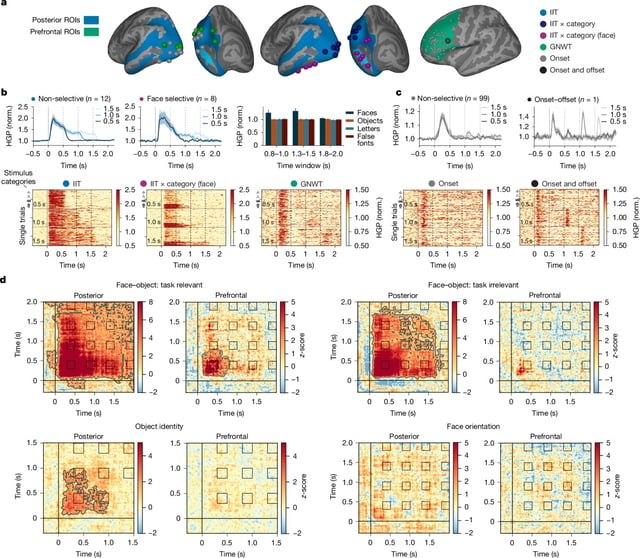Overview
- The Cogitate Consortium's seven-year study, published in Nature, tested two major theories of consciousness—Integrated Information Theory (IIT) and Global Neuronal Workspace Theory (GNWT)—using data from 256 participants across 12 labs.
- Findings favor posterior brain regions, such as the occipital and lateral temporal cortex, for conscious perception, challenging GNWT's emphasis on prefrontal cortex involvement.
- GNWT's prediction of prefrontal 'ignition' at stimulus offset was not observed, while IIT's expectation of sustained synchronization in posterior cortex also lacked support.
- The research adopted a multimodal approach, combining EEG, MEG, and fMRI, and utilized preregistered hypotheses to ensure rigorous, unbiased testing of competing theories.
- Results highlight the need for refined theoretical models and hold potential clinical implications, particularly for assessing covert consciousness in unresponsive patients.



